Introduction to Dosa Kals: A Timeless Kitchen Essential
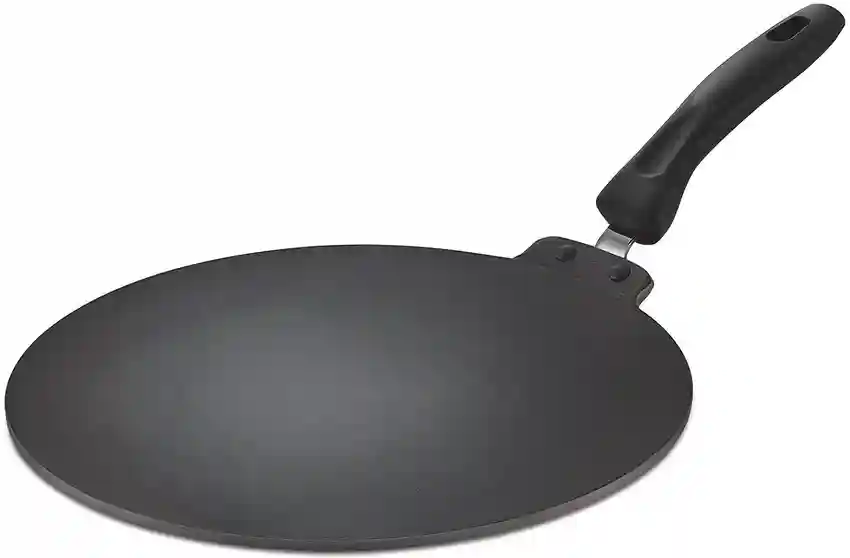
Dosas are a beloved South Indian delicacy, and the right dosa kal (or tawa) is key to getting that golden, crispy texture. Whether you’re a seasoned cook or just discovering the magic of this dish, investing in a quality dosa kal is crucial. In 2025, the market is full of options that blend affordability with performance—making it easier than ever to enjoy restaurant-style dosas at home.
From cast iron classics to non-stick modern marvels, this guide will walk you through everything you need to know to pick the perfect dosa kal without splurging.
What Makes a Dosa Kal Ideal? Key Features to Look For
Material Matters – Cast Iron vs. Non-Stick
Cast iron dosa kals are known for their durability, heat retention, and ability to enhance flavor over time. On the other hand, non-stick tawas are lighter and easier to clean—ideal for beginners or quick cooking.
Pros of Cast Iron:
- Excellent heat distribution
- Naturally non-stick when seasoned
- Lasts for decades
Pros of Non-Stick:
- Easy to use and clean
- Requires less oil
- Lightweight
Size and Thickness for Even Heat Distribution
A good dosa kal should be wide enough (usually 10-12 inches) to spread the batter thin and thick enough to retain heat. Thicker tawas prevent hotspots and cook dosas evenly.
Compatibility with Gas, Induction, and Electric Stoves
In 2025, many dosa kals come with multi-stove compatibility. Check if your pick works on your specific cooktop type—especially if you use induction.
Why Affordability Doesn’t Mean Compromise
Budget vs. Value – Understanding the Difference
Affordable doesn’t always mean cheap. Some dosa kals are priced low but perform exceptionally well because they focus on core cooking quality instead of flashy extras.
Durability and Longevity on a Budget dosa kal price
Many affordable options use high-quality cast iron or anodized aluminum to ensure that you’re not buying a new tawa every year.
Top 7 Affordable dosa kal price for 2025
1. Rock Tawa Dosa Tawa – The Cast Iron King
This pre-seasoned, sturdy dosa tawa is a favorite for traditional cooking lovers. Its heavy base ensures crispy dosas and uniform cooking.
- Material: Cast Iron
- Size: 12 inches
- Best For: Traditional kitchens
2. Prestige Omega Deluxe dosa kal price
This non-stick model is a go-to for easy, mess-free cooking. Its sleek design and ergonomic handle make it user-friendly.
- Material: Non-Stick
- Size: 10.5 inches
- Best For: Beginners and quick cooks
3. Hawkins Futura Nonstick Flat dosa kal price
Hawkins offers premium quality with its hard-anodized aluminum base and non-stick coating. It’s lightweight yet durable.
- Material: Hard-Anodized Non-Stick
- Size: 11 inches
- Best For: Everyday use
4. Vinod Legacy Pre-Seasoned dosa kal price
With excellent reviews for heat retention and pre-seasoning, this tawa blends old-school cooking with modern convenience.
- Material: Cast Iron
- Size: 10.5 inches
- Best For: Authentic dosa texture
5. Wonderchef Ebony Roti Tawa – Stylish and Sturdy
This beautiful tawa isn’t just about looks. It’s functional, non-stick, and designed for everyday dosa lovers.
- Material: Non-Stick with wooden handle
- Size: 11 inches
- Best For: Style-conscious cooks
6. AmazonBasics Pre-Seasoned dosa kal price
A surprisingly reliable cast iron option at a bargain price, this tawa is Amazon’s answer to affordable excellence.
- Material: Cast Iron
- Size: 12 inches
- Best For: Budget traditionalists
7. Anjali Platinum Flat Tawa – Lightweight Performer
A flat, easy-to-handle tawa that still delivers on crispiness. Ideal for students or busy kitchens.
- Material: Aluminum
- Size: 10 inches
- Best For: Light everyday use
How to Season and Maintain a dosa kal price
Initial Seasoning Process
- Wash the dosa kal with warm water and dry thoroughly.
- Apply a thin layer of oil.
- Heat it for 15–20 minutes and let it cool.
- Repeat this process 2–3 times before the first use.
Cleaning Without Damaging the Surface
Avoid soap. Use a scrub pad and hot water. Dry completely and oil it lightly before storing.
Re-Seasoning Tips for Long-Term Use
If food begins to stick, re-season the pan as you did initially. Frequent cooking with oil naturally builds up the non-stick layer.
Mistakes to Avoid When dosa kal price
Ignoring User Reviews and Ratings
Always read customer reviews, especially those with pictures. They offer real insight into performance.
Overlooking Return Policies and Warranties
Choose sellers offering return options or warranties in case the product doesn’t meet expectations.
Expert Tips for Making Perfect Dosas Every Time
Right Heat Level for Crispy Edges
Preheat your tawa properly—medium-high heat is ideal for most dosa recipes.
Using the Right Batter Consistency
A runny batter spreads easily and results in crisp dosas. Let it ferment properly overnight.
Spreading Technique and Tawa Rotation
Use a circular motion with a ladle to spread the batter thin. Rotate the tawa slightly for even thickness if needed.
Frequently Asked Questions
1. Is cast iron better than non-stick for dosas?
Yes, cast iron creates crispier dosas and gets better over time with seasoning, though non-stick is easier to manage.
2. Can I use dosa kals on induction stoves?
Many modern dosa kals are induction-compatible, but always check the product details.
3. How long does a cast iron tawa last?
With proper care, a cast iron tawa can last a lifetime.
4. How to prevent dosas from sticking?
Ensure proper seasoning, preheat the tawa, and use a bit of oil before pouring the batter.
5. What size tawa is best for making large dosas?
A 12-inch tawa is ideal for large, restaurant-style dosas.
6. Are budget dosa kals durable?
Yes, many affordable models use high-quality materials and last for years if maintained correctly.
Conclusion: Invest Smart, Cook Smarter
Choosing the right dosa kal doesn’t mean spending a fortune. With these top picks for 2025, you can bring home a tawa that delivers restaurant-quality dosas on a budget. Whether you love the traditional feel of cast iron or the ease of non-stick, there’s something here for every kitchen and every cook.
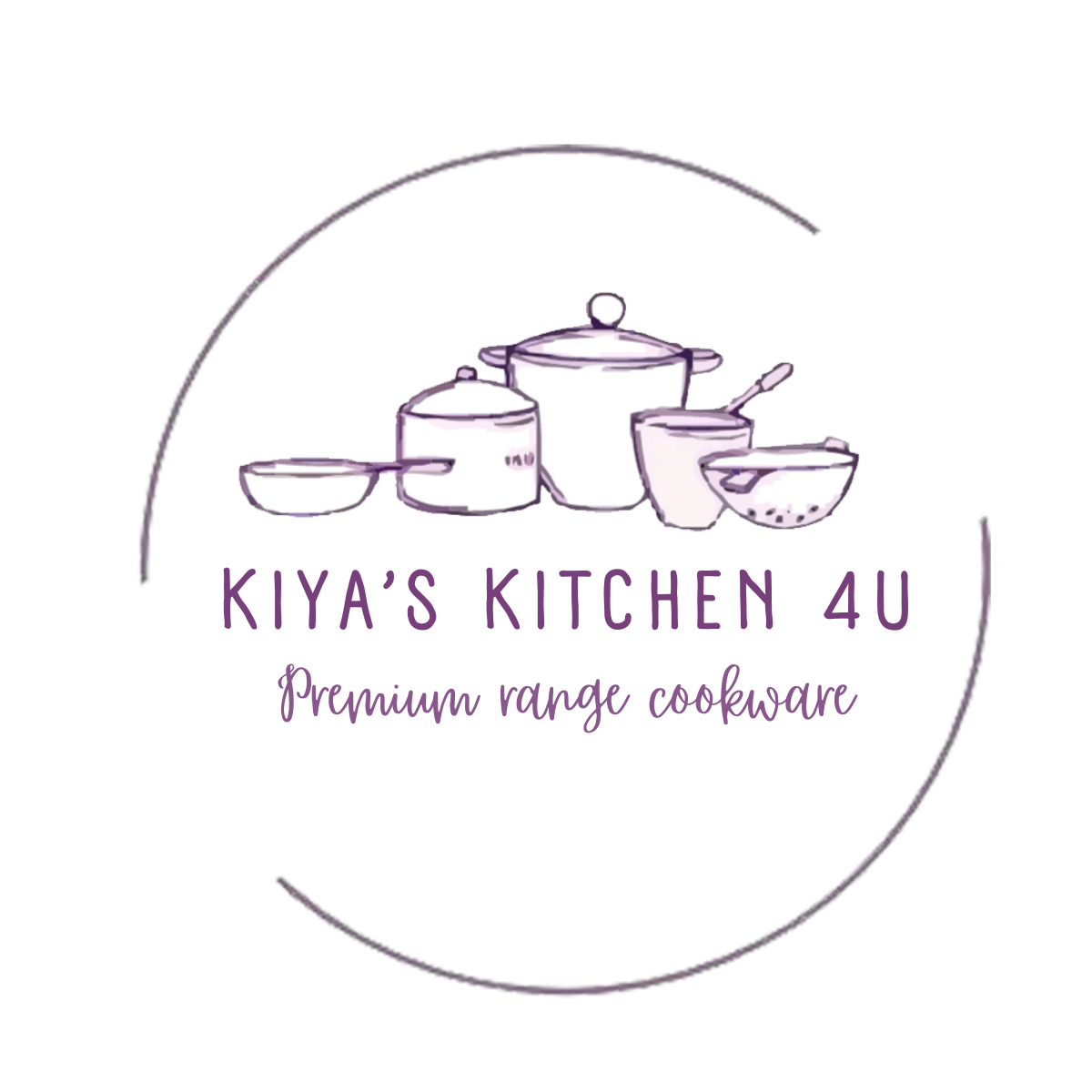

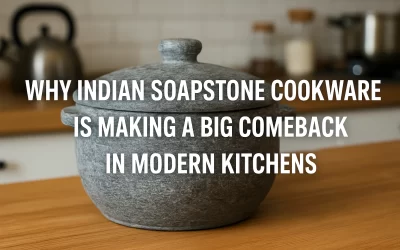
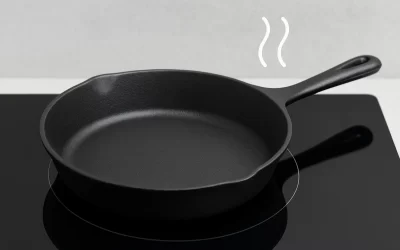
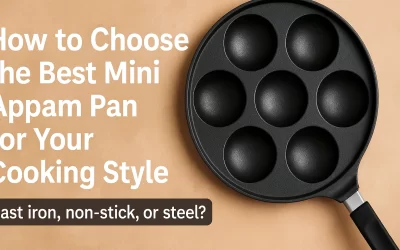
0 Comments